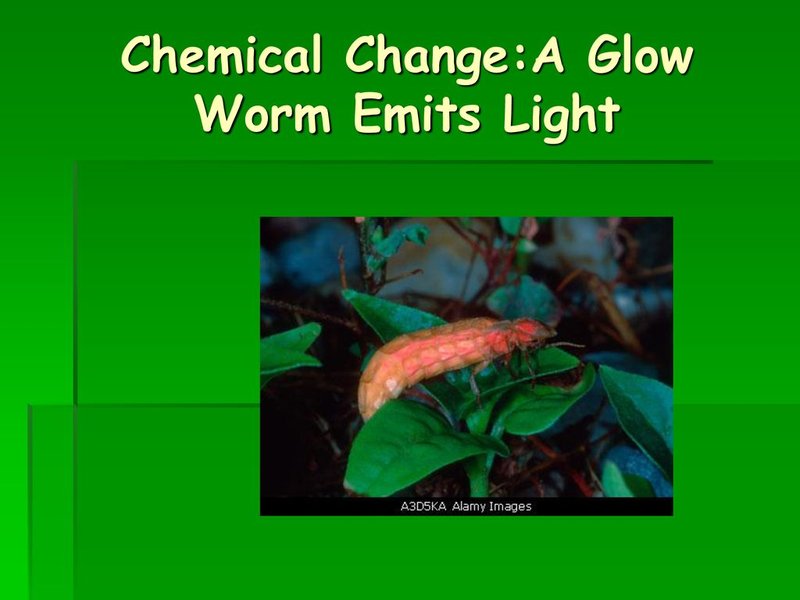
The process might sound complex, but think of it like making a candle. You gather ingredients, mix them just right, and voilà! You have light. Glow worms do something similar using some fascinating chemistry. In this article, we’re diving into the science of glow worm light production, unraveling the colorful chemistry behind these beautiful creatures, and exploring why this phenomenon is not just visually captivating but important to the ecosystem.
What Are Glow Worms?
Glow worms are not worms at all; they’re actually the larvae of certain beetles, primarily from the *Lampyridae* family. These curious little critters can be found in various parts of the world, often in dark, moist environments like caves and forest floors. They’re famous for their bioluminescent glow, which they use to attract prey and potential mates.
When you think about it, glow worms are like tiny beacons in the night, drawing in unsuspecting insects with their mesmerizing light. This glow serves a dual purpose: it helps them catch food and keeps other predators at bay, making them less likely to be eaten. Talk about a clever survival strategy!
The Science Behind Bioluminescence
So, what makes glow worms glow? The science behind this natural light production is called *bioluminescence*. It’s a chemical reaction that occurs in specific living organisms. For glow worms, this fascinating process primarily involves two key components: the enzyme *luciferase* and a molecule called *luciferin*.
When these two substances come together in the presence of oxygen, they undergo a reaction that releases energy in the form of light. Picture it like a match striking a flame, except instead of fire, you get this beautiful, soft glow. The light produced is often blue-green, which is especially effective at attracting insects, as many of them can see well in that spectrum.
How the Reaction Works
Let’s break down the bioluminescent reaction in glow worms a bit further. The glow worm’s body has specialized cells that produce luciferin. When the glow worm activates its light-producing system, luciferin binds with luciferase in the presence of oxygen. This reaction gets catalyzed by the luciferase enzyme, ultimately resulting in light.
You might be wondering why glow worms need such a specific mixture. The answer lies in efficiency. This reaction is incredibly effective, allowing glow worms to produce light without wasting energy. Think of it like a perfectly tuned engine that runs smoothly and efficiently, rather than sputtering to keep up.
The Role of Glow in the Ecosystem
Now that we know about how light production works, let’s explore why it matters. The glow of these tiny creatures isn’t just for show. It plays a crucial role in their ecosystems. By attracting insects, glow worms provide a food source not just for themselves, but also for other animals higher up the food chain, including birds and small mammals.
Additionally, glow worms contribute to the overall health of their habitats. Their presence indicates a rich, biodiverse environment. If you find them in a particular area, it’s a sign that the ecosystem is thriving, as glow worms thrive in clean, unpolluted habitats. This makes their light not just beautiful, but a vital indicator of environmental health.
Glow Worms Around the World
Interestingly, glow worms aren’t just found in one location; different species exist across the globe, each with unique adaptations. For example, *Lampyris noctiluca* is commonly found in Europe and is known for its distinct green-blue glow. Meanwhile, species like *Arachnocampa luminosa*, found in New Zealand and Australia, have some of the brightest lights, which they use to trap insects in their silk threads.
These variations in light production and adaptations provide a fantastic opportunity for researchers to study bioluminescence. Each glow worm species has its own tricks up its sleeve, which scientists are eager to understand. This not only helps in conservation efforts but also in developing new technologies inspired by these natural light sources.
Applications of Bioluminescence in Research
The chemistry of glow worm light production extends beyond the enchanting beauty of nature; it holds significant implications for science and technology. Researchers have been studying bioluminescence in glow worms to find innovative applications in fields such as medicine, environmental monitoring, and even product development.
For instance, bioluminescent markers using luciferase and luciferin can be used in medical research to track biological processes or detect disease. Imagine a scenario where doctors could see infections in real-time just by using special glow-in-the-dark markers. How cool would that be? This research could open doors for better diagnostics and treatments in healthcare.
Conservation and the Future of Glow Worms
As urbanization and environmental changes continue to impact natural habitats, many glow worm populations face threats. Light pollution, habitat destruction, and climate change can seriously affect their chances of survival. It’s crucial for us to protect these little wonders, not just because they’re beautiful, but because they play an essential role in our ecosystems.
Conservation efforts are underway to preserve their habitats and raise awareness about their ecological importance. By supporting these initiatives, we can help ensure that future generations will also be able to experience the magic of glow worms lighting up the night.
The chemistry of glow worm light production is more than just a fascinating biological process; it’s a beautiful interplay of nature and science. From the initial chemical reactions involving luciferase and luciferin to the broader ecological implications, glow worms remind us of the magical wonders of the natural world. Whether you’re a casual nature lover or a science enthusiast, there’s something undeniably captivating about the soft glow of these tiny creatures. Protecting them is crucial for maintaining healthy ecosystems and preserving the enchanting experiences they bring. So, the next time you spot a glow worm lighting up the night, remember the intricate chemistry at play and appreciate the beauty and significance of these small but mighty beings.

